What Are Engine Valve Seals?
Engine valve seals play a crucial role in keeping your engine running smoothly. These seals prevent engine oil from leaking into the combustion chamber. At the same time, they allow minimal lubrication for the valve stem. This delicate balance ensures the engine operates efficiently and avoids damages over time.
Overview of Valve Seal Function
Valve seals control the flow of oil between the valve stem and guide. They create a seal that stops excessive oil from entering the combustion chamber. This also prevents oil burning and harmful deposits on engine parts. Additionally, valve seals help maintain engine lubrication and reduce wear on components. Their performance is critical for smooth engine operation and fuel efficiency.
Types of Valve Seals Used in Engines
There are two main types of engine valve seals: umbrella seals and positive seals.
- Umbrella Seals: These are shaped like an umbrella and sit over the valve stem. They deflect oil away from the valve guides. These seals are commonly used in older engines or those with lower pressure requirements.
- Positive Seals: These fit tightly around the valve stem and guide. They regulate the oil flow more precisely than umbrella seals. Positive seals are more common in modern engines due to their better efficiency.
Some engines may also use O-ring seals as a secondary measure. Understanding the type of seal your engine uses helps in choosing the right replacement when needed.
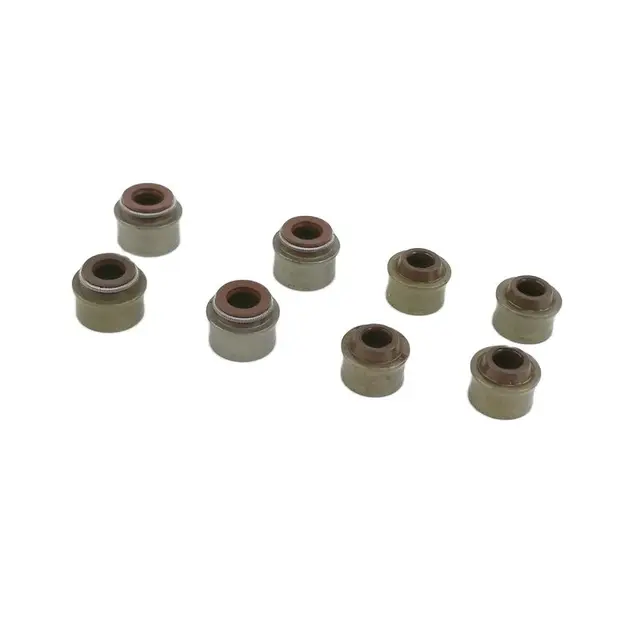
Importance of Engine Valve Seal
Engine valve seals are key to smooth engine operation and long-term performance. They keep engine oil from leaking into the combustion chamber, ensuring the engine remains efficient. Their role extends beyond mere sealing; they also aid lubrication and reduce wear. Understanding their importance can help in maintaining your engine’s health.
How Valve Seals Protect Engine Components
Valve seals create a barrier that prevents oil from entering the combustion chamber. This reduces the risk of oil burning and carbon buildup. By controlling oil flow, seals ensure that vital parts like the valve stem stay lubricated. This minimizes friction and prevents wear on engine components. Properly functioning seals protect against oil loss and maintain fuel efficiency.
Additionally, valve seals ensure clean combustion by stopping oil contamination in the chamber. This keeps emissions low and enhances overall engine performance. In short, they serve as guardians of the engine, keeping its inner workings clean and functional.
Impacts of Valve Seal Failure on Engine Performance
Failing valve seals can cause several engine issues. Oil leakage into the combustion chamber leads to visible exhaust smoke. This not only affects emissions but also lowers overall engine efficiency. Increased oil consumption is another common sign of seal failure.
Worn-out seals can cause poor lubrication, leading to excessive wear on the valve stem and guides. They may result in a noisy engine or reduced compression, impacting power output. Furthermore, these issues can harm fuel economy and lead to costly repairs if ignored.
Timely inspection and maintenance of valve seals help prevent such problems. Addressing seal failure early can save your engine from long-term damage.
Signs of Failing Valve Seals
Recognizing the signs of failing engine valve seals is essential for preventing engine damage. When valve seals wear out, they can lead to oil leakage and poor engine performance. Early detection helps avoid costly repairs.
Common Symptoms of Valve Seal Issues
Here are some signs that indicate problems with your engine valve seals:
- Blue or White Exhaust Smoke: Blue smoke often means oil is leaking into the combustion chamber. This usually happens during engine startup or acceleration.
- Increased Oil Consumption: Worn seals allow more oil to enter the engine. As a result, oil levels drop faster than normal.
- Fouled Spark Plugs: Oil leaking into the combustion chamber can coat the spark plugs. This creates deposits that reduce engine efficiency and lead to misfires.
- Poor Engine Performance: Worn valve seals can reduce compression. This leads to loss of power and sluggish acceleration.
- Noisy Engine Operation: Insufficient lubrication caused by faulty seals can lead to excessive wear. This may produce tapping or ticking noises from the engine.
Diagnosing Valve Seal Problems
Diagnosing valve seal issues ensures timely fixes and avoids further engine damage. Below are steps for diagnosing problems:
- Visual Inspection: Check for signs of oil leakage around the valves. Also, inspect for oil deposits on valve seats.
- Compression Test: Perform a compression test to check the engine’s internal seal integrity. Low compression can point to valve seal issues.
- Monitor Exhaust Color: Pay attention to the exhaust color during startup or acceleration. Blue or white smoke may indicate worn seals.
- Check Spark Plugs: Remove spark plugs and inspect them for oil fouling or carbon deposits. These can indicate oil leakage due to faulty seals.
- Assess Oil Usage: Track the frequency of topping up oil. Rapid oil decline can signal failing valve seals.
Timely diagnosis and attention to these symptoms help in fixing valve seal issues before they lead to severe engine damage.
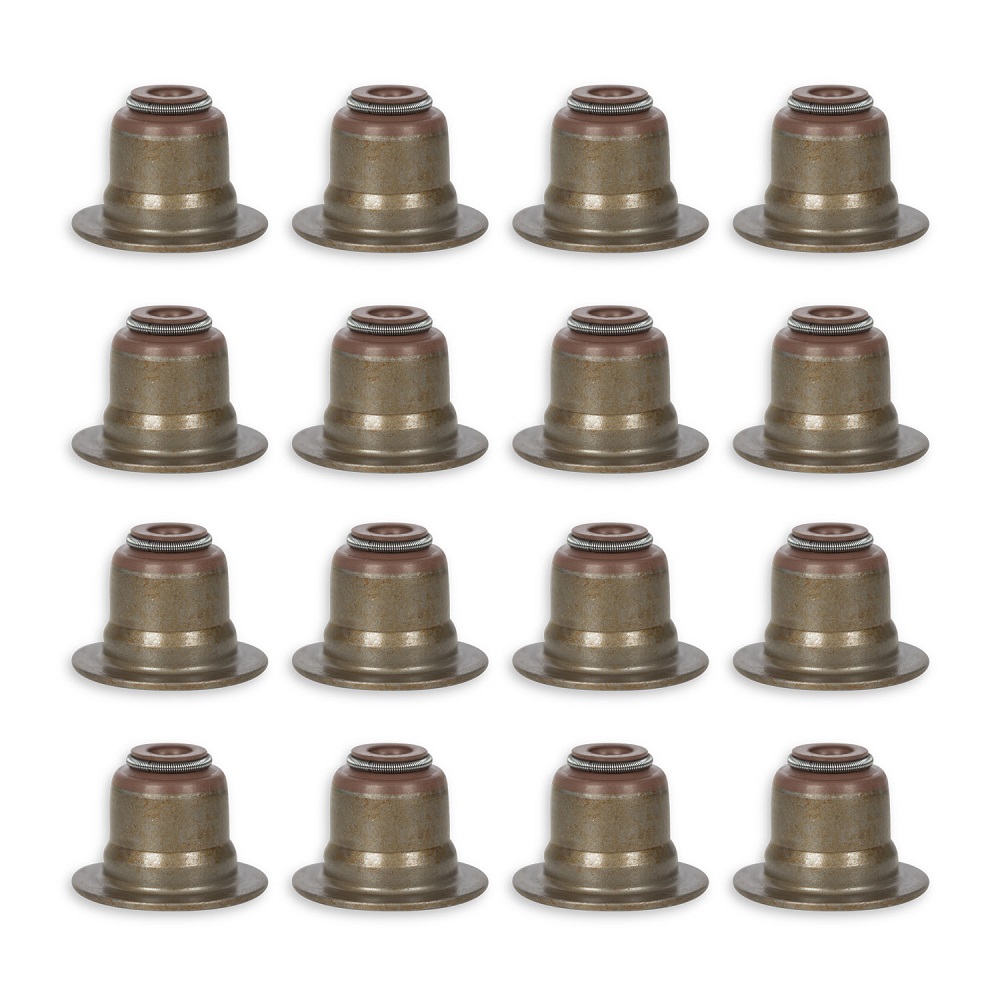
Causes of Engine Valve Seal Wear
Understanding the causes of engine valve seal wear is crucial for prolonging their functionality. Several factors, ranging from mechanical stress to environmental conditions, contribute to seal damage. Identifying these causes can help prevent premature wear and costly repairs.
Factors Contributing to Valve Seal Damage
- Age and Material Fatigue: Over time, valve seals deteriorate due to constant heat and friction. This leads to cracks and loss of elasticity.
- Engine Oil Quality: Poor-quality or contaminated engine oil accelerates the degradation of seals. It diminishes their ability to prevent oil leakage.
- High Operating Temperatures: Excessive heat causes the seals to harden or shrink. This weakens their ability to maintain a tight seal.
- Improper Installation: Incorrect installation of valve seals can compromise their effectiveness. Misalignment or improper fit increases the chance of wear.
- Engine Modifications: Altering engine components, such as adding turbochargers, increases pressure on seals, causing faster wear.
Environmental and Operational Influences
- Driving Conditions: Frequent stop-and-go traffic leads to irregular wear due to fluctuating heat cycles.
- Dusty Environments: Exposure to dust and debris can damage the seals. Dust particles may seep past the seals and affect their performance.
- Cold Climatic Conditions: In colder climates, seals may become brittle and lose their flexibility, leading to cracks.
- Extended Periods of Inactivity: Cars left unused for long periods can experience reduced seal elasticity. Lack of lubrication further accelerates deterioration.
- Aggressive Driving Habits: Revving the engine excessively increases mechanical strain on the seals. Over time, this can cause premature wear.
Taking these factors into account can help mitigate engine valve seal wear. Regular maintenance and proper operating practices are key to extending their lifespan.
Maintenance Tips for Engine Valve Seal
Proper maintenance of engine valve seals is crucial for long-lasting performance and engine efficiency. Regular care prevents wear and costly repairs. Below are some essential maintenance tips.
Routine Inspections to Prevent Wear
Conduct routine inspections to identify valve seal issues early. Regular checks ensure optimal performance.
- Check for Oil Leaks: Look for signs of oil around the valve covers or seals.
- Monitor Exhaust Smoke: Pay attention to exhaust colors during startup or acceleration.
- Inspect Valve Components: Examine the valve stems and guides for wear or damage.
- Evaluate Oil Consumption: Assess how frequently oil needs topping up.
- Inspect Spark Plugs: Check for oil deposits or fouling on spark plugs.
Routine inspections help catch seal problems before they worsen.
Recommended Practices to Extend Lifespan
Adopting proper habits will prolong valve seal functionality and protect your engine.
- Use Quality Engine Oil: Choose high-quality oil for better lubrication and protection.
- Follow Oil Change Intervals: Change the oil regularly to prevent contamination.
- Avoid Overheating: Keep the engine temperature within acceptable limits to maintain seal integrity.
- Drive Gently: Minimize aggressive driving to reduce strain on seals.
- Protect Against Dust: Use proper air filters to prevent particles from damaging seals.
- Ensure Proper Installation: Always verify that seals are correctly fitted during engine repairs.
Regular inspections and smart practices will keep your engine valve seals in top shape.
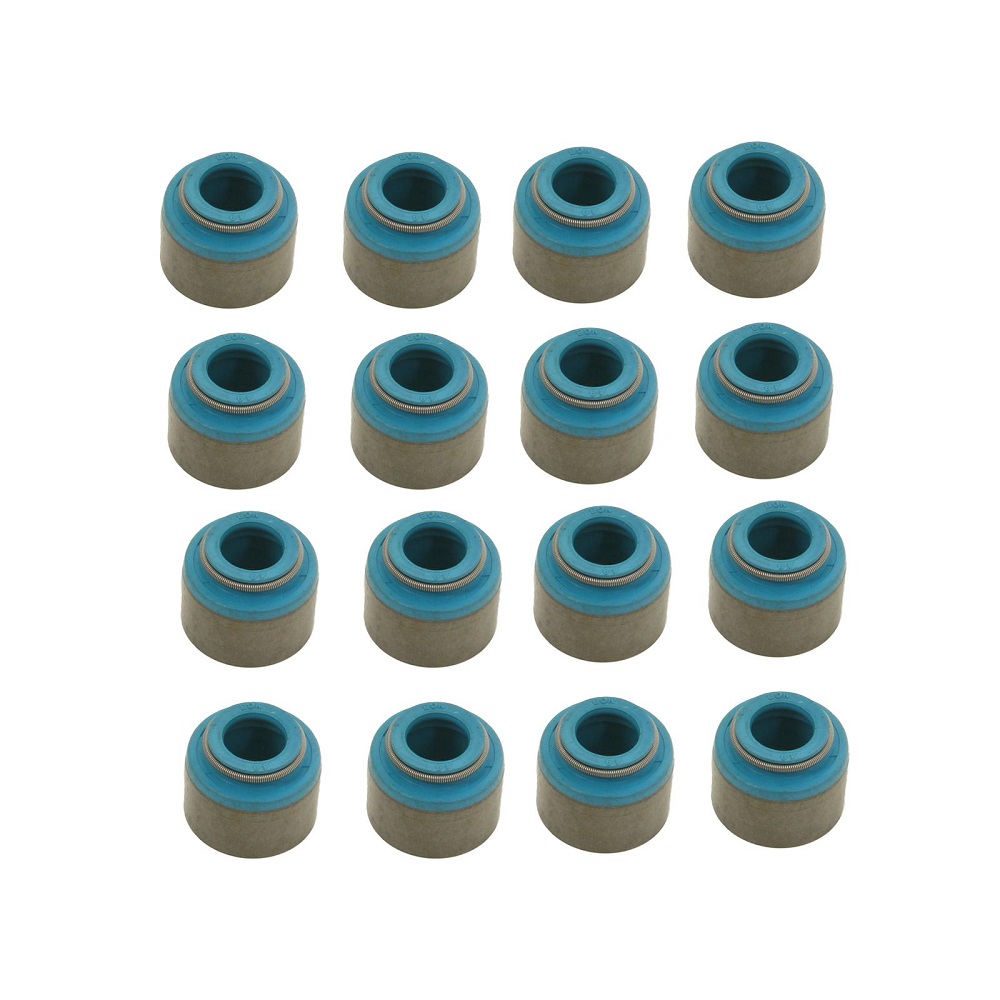
When to Replace Engine Valve Seals
Engine valve seals can wear out over time, causing oil leaks and reduced performance. Recognizing when to replace them is vital to protect your engine and avoid costly repairs.
Warning Signs That Replacement Is Necessary
- Excessive Exhaust Smoke: Blue or white smoke during acceleration or startup often indicates oil leakage.
- High Oil Consumption: Rapid drops in oil levels signal worn-out seals.
- Poor Engine Compression: Reduced compression affects power output and may point to damaged valve seals.
- Fouled Spark Plugs: Oil deposits on spark plugs cause misfires and lower efficiency.
- Noisy Valve Operation: Ticking or tapping sounds signal insufficient lubrication due to faulty seals.
These symptoms demand immediate action to prevent engine damage.
Steps to Replace or Repair Valve Seals
Replacing valve seals requires precision and suitable tools. Follow these basic steps:
- Gather Tools: Collect necessary tools like a socket wrench, seal installation tool, and valve spring compressor.
- Remove Valve Cover: Detach the valve cover to access seals and valves.
- Position Pistons Correctly: Place the piston at the top dead center to prevent valve slipping.
- Compress Valve Springs: Use a spring compressor to expose the valve stem.
- Remove Old Seals: Carefully take out the worn seals from the valve stem.
- Install New Seals: Position the new seals securely using the installation tool.
- Reassemble Components: Reattach the valve springs and valve cover.
While skilled DIYers can perform this task, professional help ensures proper installation and fewer risks.
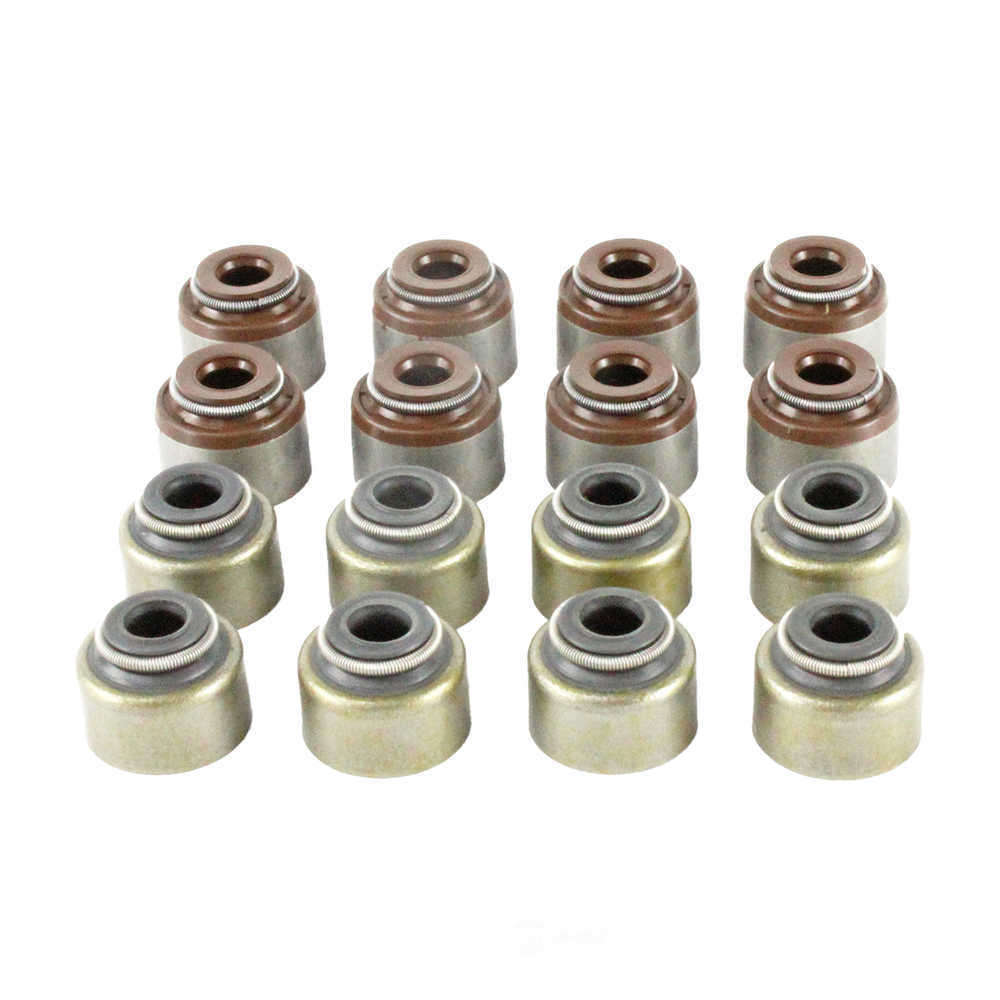
Cost and Considerations for Valve Seal Replacement
Replacing engine valve seals can involve significant costs and planning. Understanding these factors helps ensure informed decisions.
Estimated Costs for Valve Seal Repairs
The cost of replacing engine valve seals depends on various factors:
- Labor Charges: Labor makes up a large part of the expense. Mechanics often charge $50–$150 per hour.
- Parts Cost: New valve seals are generally affordable, ranging from $20 to $100.
- Engine Design: Complex engines need additional labor, increasing overall repair costs.
- Optional Add-Ons: Mechanics may suggest extra services, like valve seat repairs, which add to expenses.
On average, professional valve seal replacement costs between $200 and $1,500. Prices vary based on vehicle type and repair location.
DIY vs Professional Replacement
Choosing between DIY repair and a professional service depends on your skills and equipment availability.
DIY Replacement
- Cost Savings: DIY replacement avoids labor costs, saving potentially hundreds of dollars.
- Required Tools: Essential tools include a valve spring compressor, wrench set, and seal installation tools.
- Skill Level: DIY repair is complex and requires a good understanding of valve systems.
- Potential Risks: Mistakes can damage engine components, leading to costly fixes later.
Professional Replacement
- Expertise: Mechanics offer precise installation, ensuring the engine works correctly post-repair.
- Warranty: Many repair shops provide warranties on parts and labor, adding peace of mind.
- Higher Costs: Professional services cost more, primarily due to labor charges.
If you’re experienced in engine repair, DIY replacement can save money. However, seeking professional help is safer for most car owners.
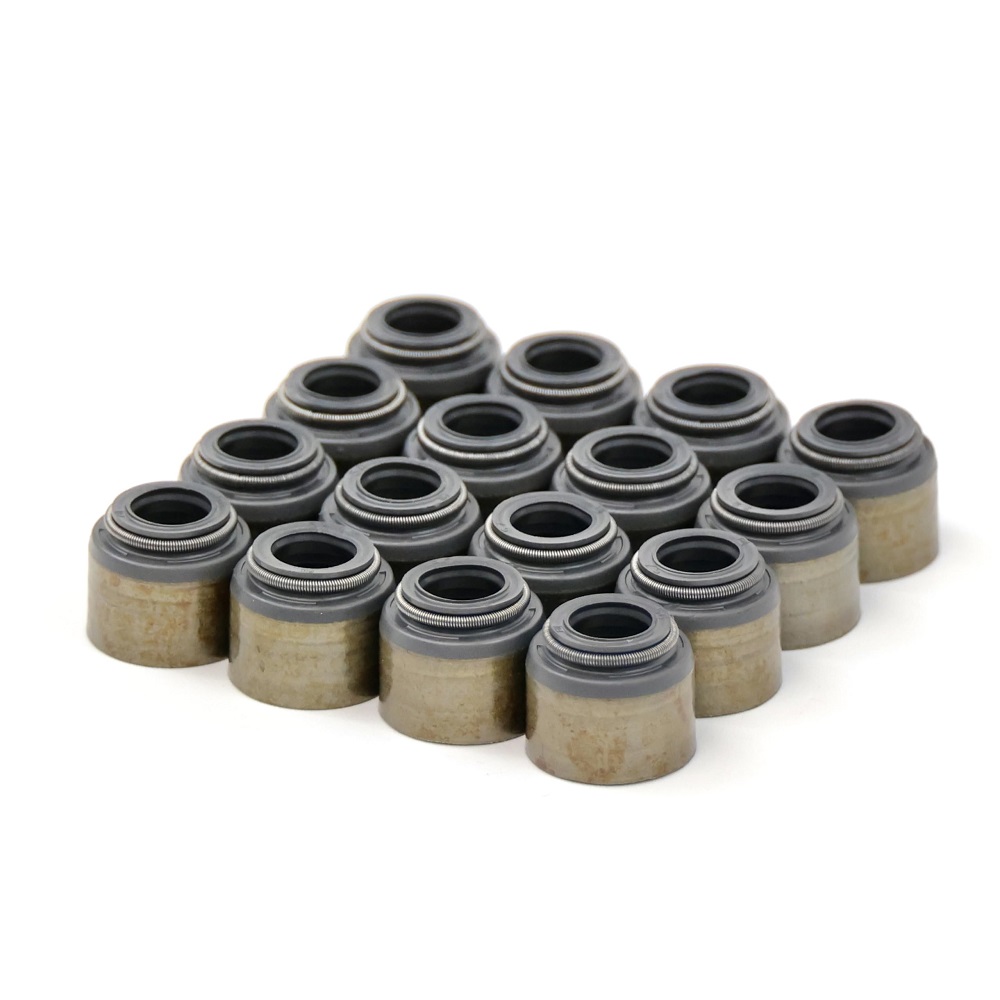
Prioritizing Valve Seal Care
The Integral Role of Valve Seals
In summary, engine valve seals play an integral role in maintaining engine performance and longevity. Understanding their function, identifying signs of wear, and knowing when to replace them are vital for any vehicle owner. By doing so, riders can protect their engines from unnecessary damage and increase their overall efficiency.
Commitment to Regular Maintenance
A commitment to regular maintenance and vigilance will help ensure that your valve seals remain in good condition. Scheduling frequent inspections, replacing oil filters, and keeping an eye on fluid levels will minimize the chances of seal failure. Consistency in these practices fosters a proactive approach to vehicle care, ultimately leading to a more enjoyable riding or driving experience.
Embracing a Smooth Journey
Finally, building a comprehensive understanding of valve seals promotes a smoother, more reliable journey on the road. Invest the time in learning about your engine and maintaining its components. When you prioritize care for your engine and its seals, you not only extend the lifespan of your vehicle but also enhance your overall experiences behind the wheel. By doing so, you can savor every moment on the road, cruising confidently, knowing that your engine is well protected and ready for the adventures ahead.
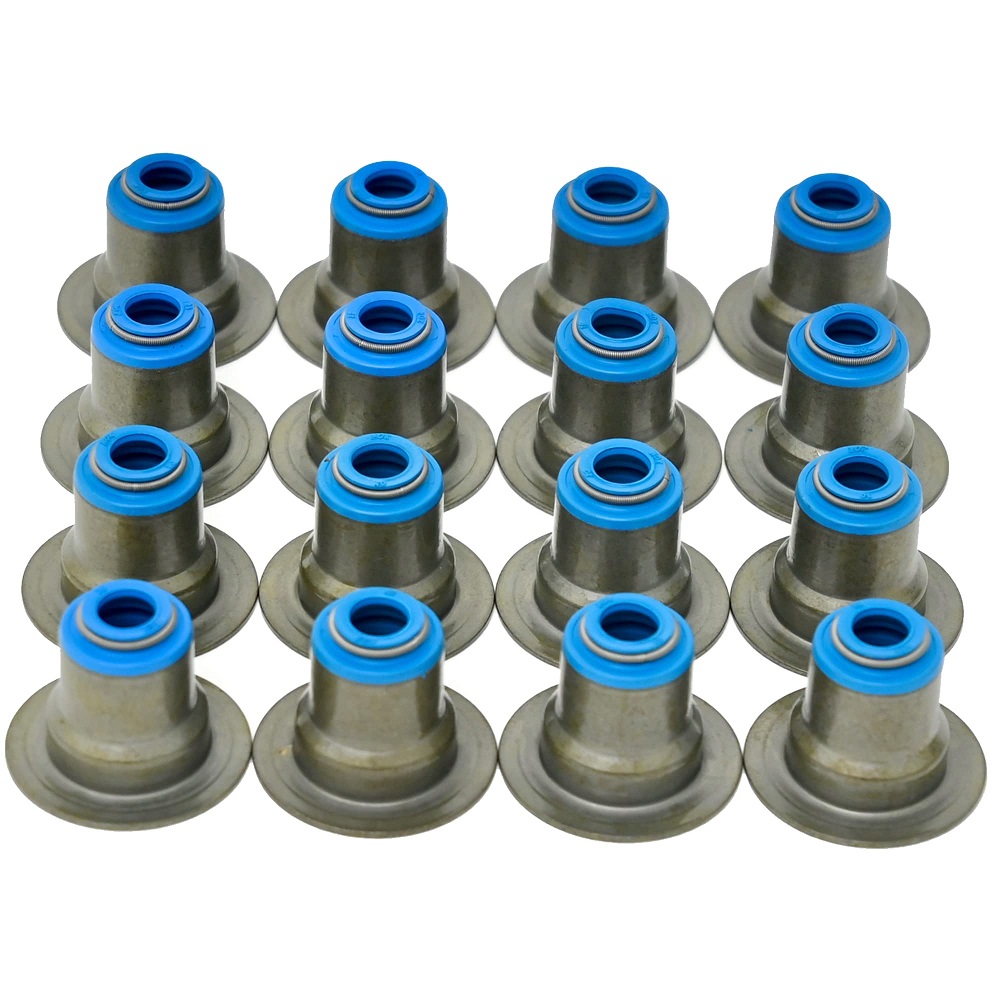
Leave a Reply